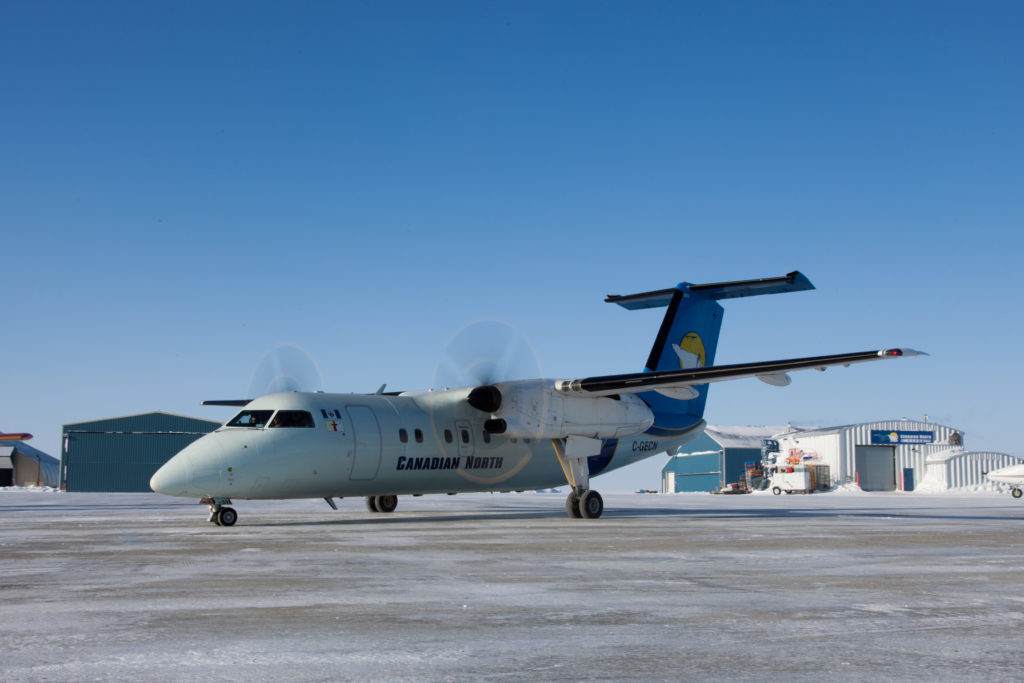Estimated reading time 5 minutes, 39 seconds.
In 2004, the regional airport in The Pas, Man., rehabilitated its runways, taxiways and apron at a cost of just over $4 million. The project was fully funded by the Airports Capital Assistance Program (ACAP), a federal initiative established in 1995 to help smaller airports pay for safety-enhancing infrastructure and capital projects.
According to a government website, the program has invested more than $785.9 million to date for 904 projects at 182 airports across the country.

But, while ACAP continues to fund regional airport improvement projects, the program has not kept pace with inflation. The fund remains capped at an annual $38 million–a number that has not been adjusted in nearly 20 years.
Meanwhile, that same rehabilitation project in The Pas would cost about $10 million today. With construction and equipment costs on the rise, the ACAP budget is stretched increasingly thin, covering fewer projects every year.
Canada’s 65 municipal airports and 121 provincial/territorial airports, which play an essential role in the fabric of our national transportation network, are getting an increasingly smaller piece of the funding pie–that is, if they get any at all.
Disappearing revenues
Originally, the ACAP program was intended to be financed by revenues collected from the ground rents charged to Canada’s larger airports. But while those rents increase every year, revenues are disappearing into the country’s general reserves, instead of going back into the airport system.
“Right now, the Government of Canada collects about $600 million a year from ground rent from the NAS [National Airports System] airports,” said James Lindsey, a board member with Regional Community Airports of Canada (RCAC), a national association that advocates for regional and local community airports. He was a guest speaker at the Northern Air Transport Association’s 43rd annual conference in Yellowknife, N.W.T.
“Consider that ground rent is based on airport revenue, so as passenger numbers increase, so does the revenue collected by the federal government. But despite similar passenger growth at regional airports, ACAP has remained stagnant at $38 million.”
Lindsey said smaller airports provide a number of essential services, including air ambulance, aerial firefighting, regional passenger flights, flight training and cargo processing.
An airport’s pavement infrastructure requires rehabilitation approximately every 15 years, while electrical systems need an upgrade every 25 years. Equipment such as snowplows and graders also have a limited lifespan. If regional airports are unable to access ACAP funding for these projects, they must consider increasing facility user fees or requesting municipal subsidies or territorial funding.

“Without the investment in this program, the money will have to come from the budgets of local social programs or increased user fees,” said Lindsey, who is also director, airports for Winnipeg Airport Services Corp. (WASCO).
“That’s why ACAP is important, especially in the North where infrastructure projects cost so much more. At the end of the day, we need to maintain airport infrastructure, but $38 million doesn’t go very far.”
There are 46 regional airports eligible for ACAP funding in the three northern territories.
In his work with WASCO, Lindsey partners with the Nunavut government to administer safety systems for the territory’s airports.
“The northern airports are crucial to the communities they serve–they bring in food, tourism, social services and essential goods, especially in the winter.”
But regardless of where they are located, Canada’s regional airports are essential economic drivers, he added, “in an industry ingrained into how we as Canadians travel and support our local municipal communities.”
A wave of projects
Lindsey said “a bow wave” of ACAP’s earliest airport improvement projects are now coming due once again. The problem is, the money is no longer there to cover the need.
That’s why RCAC is advocating for an increased ACAP budget of $95 million annually, an amount the group believes would cover essential airport safety improvements across the country.
“It would be fantastic for us to have an ACAP program big enough so we could section off the pie to individual groups,” said Lindsey.
2019 is an election year, a time when infrastructure is typically a hot button issue. He encouraged all airport stakeholders to reach out to industry associations or contact their local Member of Parliament to advocate for local airport investment.
“How is this problem solved? Regional airports need to be recognized for the contributions they make to our national economy. Investments made to safety, operational and capital programs will protect and enhance their long-term growth,” he concluded.








